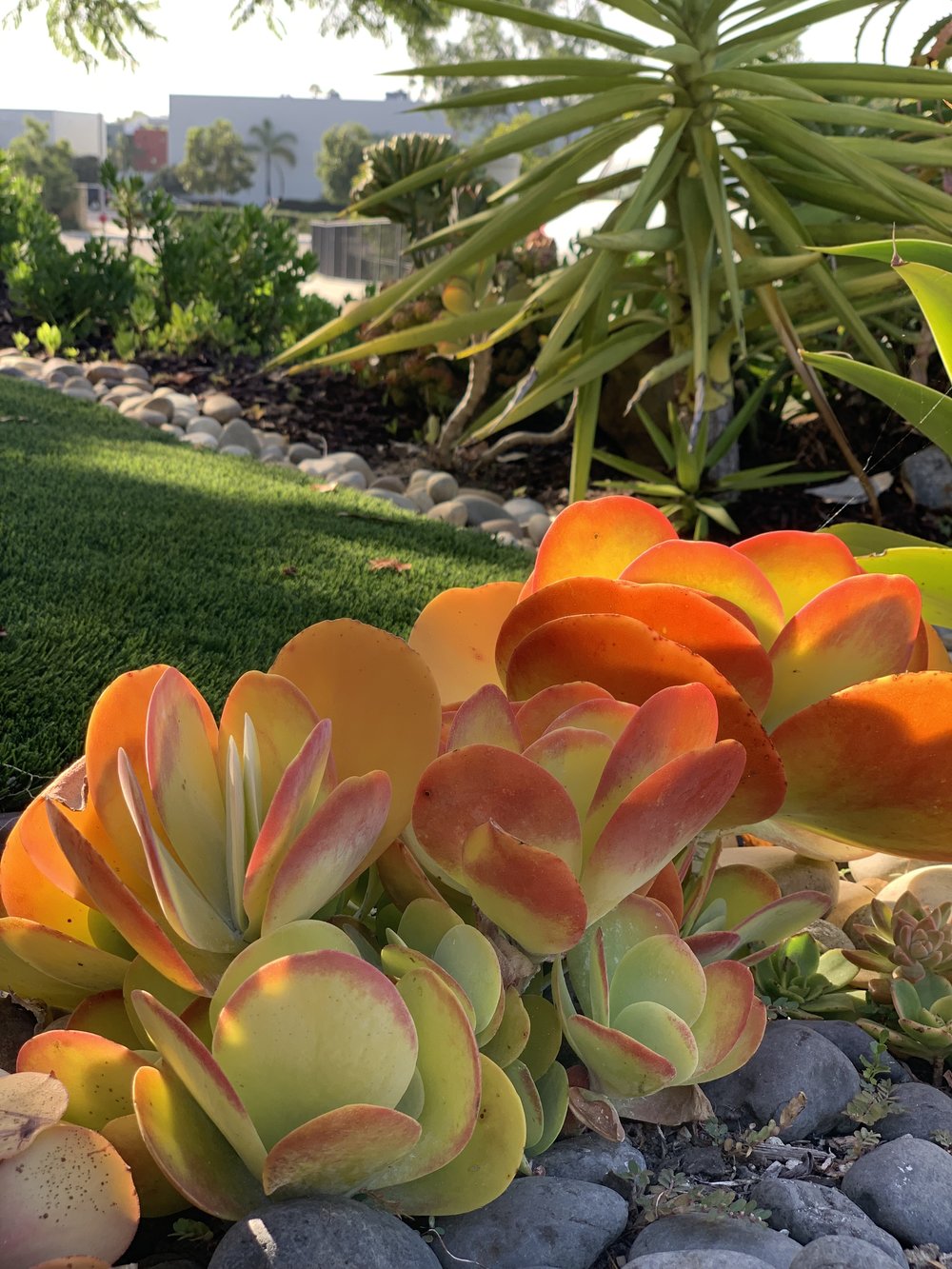Paddle Plants are succulent plants that produce a 1m tall stalk that dies after its growth. Additionally, it has fleshy, large and round shape leaves with powdery blooms.
Origin of Flower:
It is native to several countries that include:
- Swaziland.
- South Africa.
- Lesotho.
- Botswana.
Genus:Its genus is Kalanchoe.
Family:The flower belongs to the family of Crassulaceae.
Species:The species of this flower is k. thyrsiflora.
Height:Its height is about 1_2cm.
Water required:Average or low water is sufficient.
Characteristics:These are evergreen, plant of plant, showy and cut flowers.
Tolerate:It can tolerate salt and drought.
Exposure:Full sun or partial sun is best.
Seasons:Winter, summer and spring all are suitable.
Soil type:It likes sand and loam soil.
Spacing:These must need space about 36cm.
Plant type:The plant type of this plant is as follow:
- Succulent.
- Cactus.
Garden Uses:It can be useful as beds and borders.
Soil PH:Alkaline, Acid and Neutral is good.
Maintenance:Following are some important tips paddle plants that you must follow to protect your flower growth:
- Watering on daily basis is necessary.
- Partial or full sun is required.
- Don’t forget to prune this plant.
- Fertilization is also important.
Most Frequent Asked Questions:
1. What is the scientific name of this plant?
The scientific name of this plant is Kalanchoe thyrsiflora.
2. Why paddle are getting red?
These flower turns into red colour because when you placed it near full sun.
3. What is the common name of this plant?
This plant is commonly called Desert cabbage, flapjacks and dog tongue.
4. Is this plant is poisonous?
Yes, these plants are highly poisonous so you should keep out your pets and children from this plant.
5. How you can propagate paddle thyrsiflora?
You can simply propagate this plant by cutting leaves in spring or summer.

